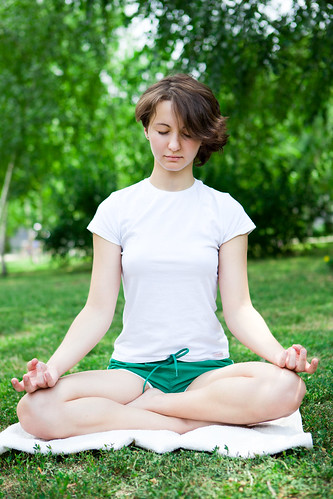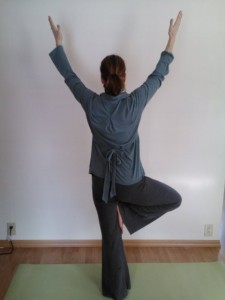 Mindfulness is a concept that has become part of mainstream American culture over the past decade. Hectic lifestyles, information overload and constant distractions have led more of us to look for a way to quiet our minds. In fact, many…
Mindfulness is a concept that has become part of mainstream American culture over the past decade. Hectic lifestyles, information overload and constant distractions have led more of us to look for a way to quiet our minds. In fact, many…  Welcome! Namaste, as they often say at the beginning and ending of Yoga classes.
If you are going through a divorce or separation, one of the best pieces of non-legal advice I can give you is to take up…
Welcome! Namaste, as they often say at the beginning and ending of Yoga classes.
If you are going through a divorce or separation, one of the best pieces of non-legal advice I can give you is to take up… 
